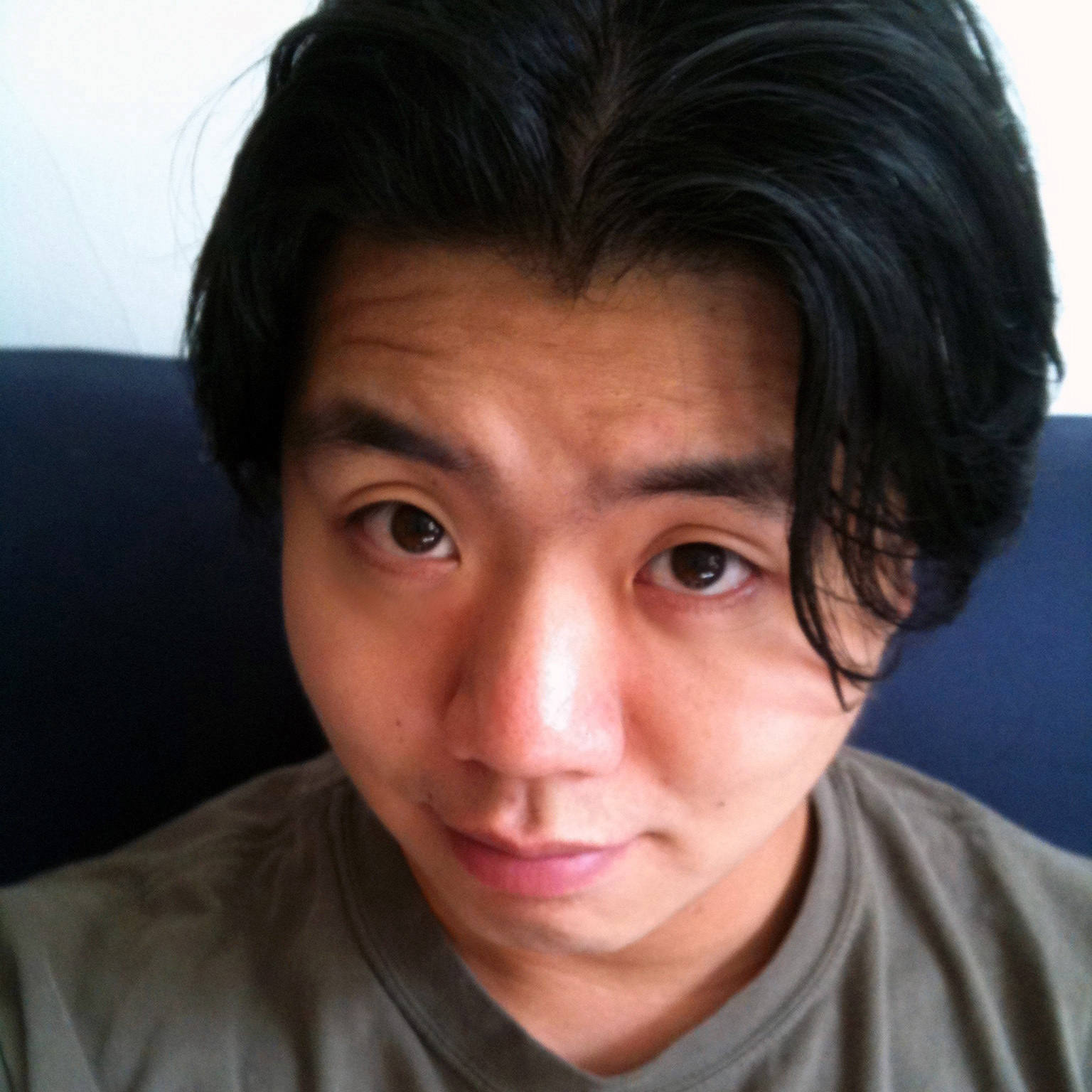Aging Muscles May Just Need a Little 'Love Hormone'

The hormone oxytocin, often thought of as the "love hormone," could help old muscles work like new, counteracting the decline that comes with aging, a new study in mice suggests.
In experiments, injecting oxytocin under the skin of aged mice restored the regenerative potential of their muscle, helping the old rodents heal muscle far better than mice not given oxytocin.
"The action of oxytocin was fast," study co-leader Christian Elabd of the University at California, Berkeley, said in a statement. "The repair of muscle in the old mice was at about 80 percent of what we saw in the young mice."
A drug made of a synthetic form of oxytocin has been approved by the Food and Drug Administration, and the finding could lead to new therapies to prevent or reverse the effects of age on muscle, researchers said.
"An already FDA-approved molecule could be adapted to fight aging of a number of tissues," study researcher Irina Conboy, also of UC Berkeley, told Live Science. [11 Interesting Effects of Oxytocin]
But Conboy cautioned "there is no silver bullet that would reverse the aging process." The researchers now plan to examine what role oxytocin might play in extending a healthy lifespan in animals, and also want to learn more about any beneficial anti-aging effects it might have in people.
Past research has shown that oxytocin helps foster social bonding. This may have led people to believe oxytocin is a "happy hormone," linked solely with feel-good emotions such as love, trust, empathy and generosity. However, scientists increasingly find the chemical has a dark side, promoting feelings of envy, gloating and ethnocentrism.
Sign up for the Live Science daily newsletter now
Get the world’s most fascinating discoveries delivered straight to your inbox.
The first known medical uses of oxytocin were actually not related to the mind but to women's bodies — the hormone can induce labor and stimulate the release of milk. Scientists noted that women's oxytocin levels decreased if their ovaries were surgically removed, mimicking the effects of aging, and that the precursors of muscle cells possess receptor molecules that respond to oxytocin. This led researchers to speculate that oxytocin could influence age-related muscle decline.
The capacity for muscle to regenerate declines with age, leading to a gradual loss of muscle tissue, degenerative disorders and eventually organ failure. Because the proportion of people over age 60 is growing faster than any other age group, due to both longer life expectancy and declining fertility rates, investigators would like to find ways to reduce or stop age-related muscle decline.
In the new study, the scientists found that blood levels of oxytocin declined with age in male mice. In addition, they discovered there are fewer receptor proteins that respond to oxytocin in muscle stem cells in old versus young mice. The loss of muscle seen during aging is due at least in part to the inhibition of muscle stem cells in old tissue, researchers said.
Intriguingly, giving young mice an extra boost of oxytocin did not seem to cause a significant change in muscle regeneration.
"This is good, because it demonstrates that extra oxytocin boosts aged tissue stem cells without making muscle stem cells divide uncontrollably," study co-leader Wendy Cousin at UC Berkeley said in a statement.
Uncontrolled cell division can lead to cancer, and many other molecules discovered so far that boost tissue regeneration are also linked with cancer, limiting their potential as treatments for humans.
Blocking the effects of oxytocin in young mice rapidly undermined their ability to repair muscle, making theirs resemble old tissue after an injury. The researchers also investigated mice whose gene for oxytocin was disabled, and while there was no significant difference between these mice and normal mice when they were all young, after the mice reached adulthood, signs of premature aging began to appear in the genetically modified rodents.
"When disabling other types of genes associated with tissue repair, defects appear right away either during embryonic development, or early in life," Conboy said in a statement. "To our knowledge, the oxytocin gene is the only one whose impact is seen later in life, suggesting that its role is closely linked to the aging process."
Aging may be the underlying cause of a number of chronic diseases, including Parkinson's and Type 2 diabetes, the researchers said.
"If you target processes associated with aging, you may be tackling those diseases at the same time," Conboy said. "Aging is a natural process, but I believe that we can meaningfully intervene with age-imposed organ degeneration, thereby slowing down the rate at which we become progressively unhealthy."
The researchers noted other molecules circulating in the bloodstream could be interesting to look at in terms of aging and muscle. "We collaboratively search for those and have a couple of interesting candidates under study," Conboy said.
The scientists detailed their findings online today (June 10) in the journal Nature Communications.
Follow Live Science @livescience, Facebook & Google+. Originally published on Live Science.

Charles Q. Choi is a contributing writer for Live Science and Space.com. He covers all things human origins and astronomy as well as physics, animals and general science topics. Charles has a master of arts degree from the University of Missouri-Columbia, School of Journalism and a bachelor of arts degree from the University of South Florida. Charles has visited every continent on Earth, drinking rancid yak butter tea in Lhasa, snorkeling with sea lions in the Galapagos and even climbing an iceberg in Antarctica.









